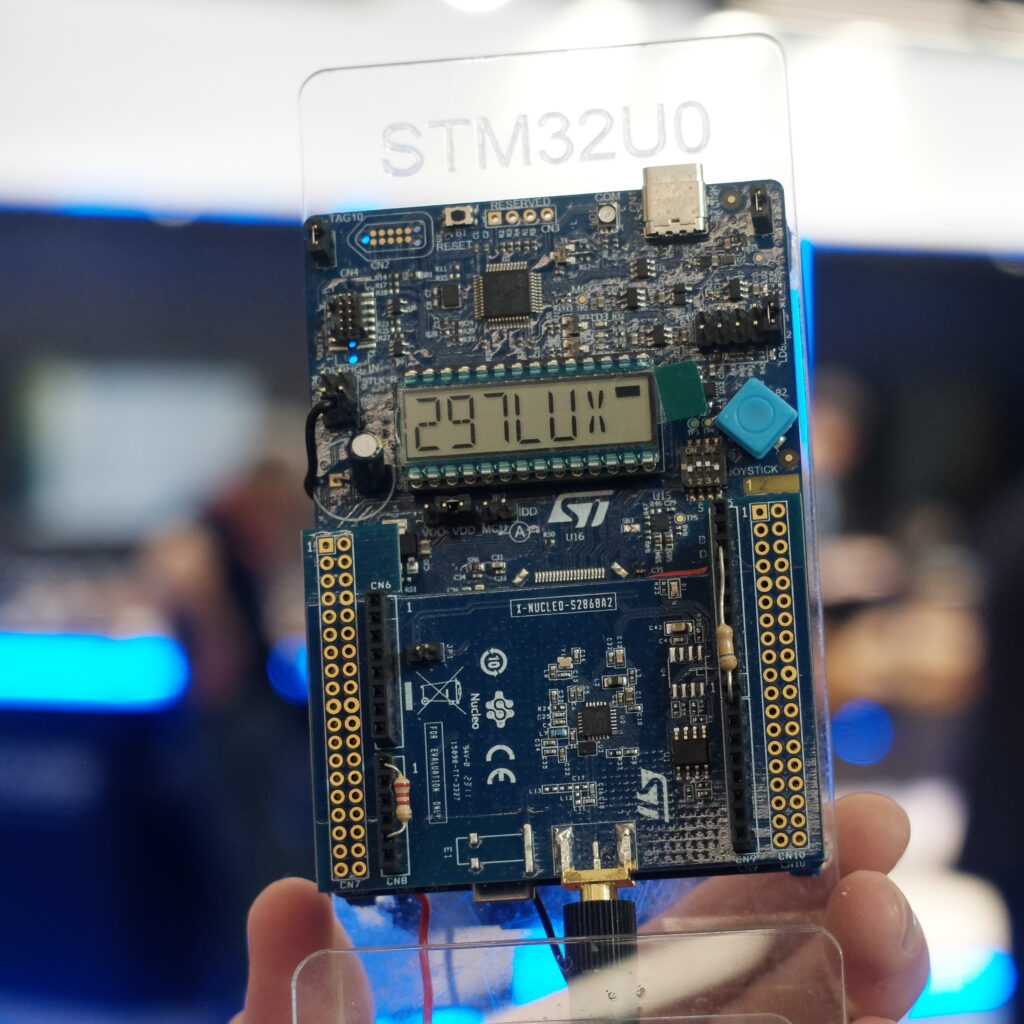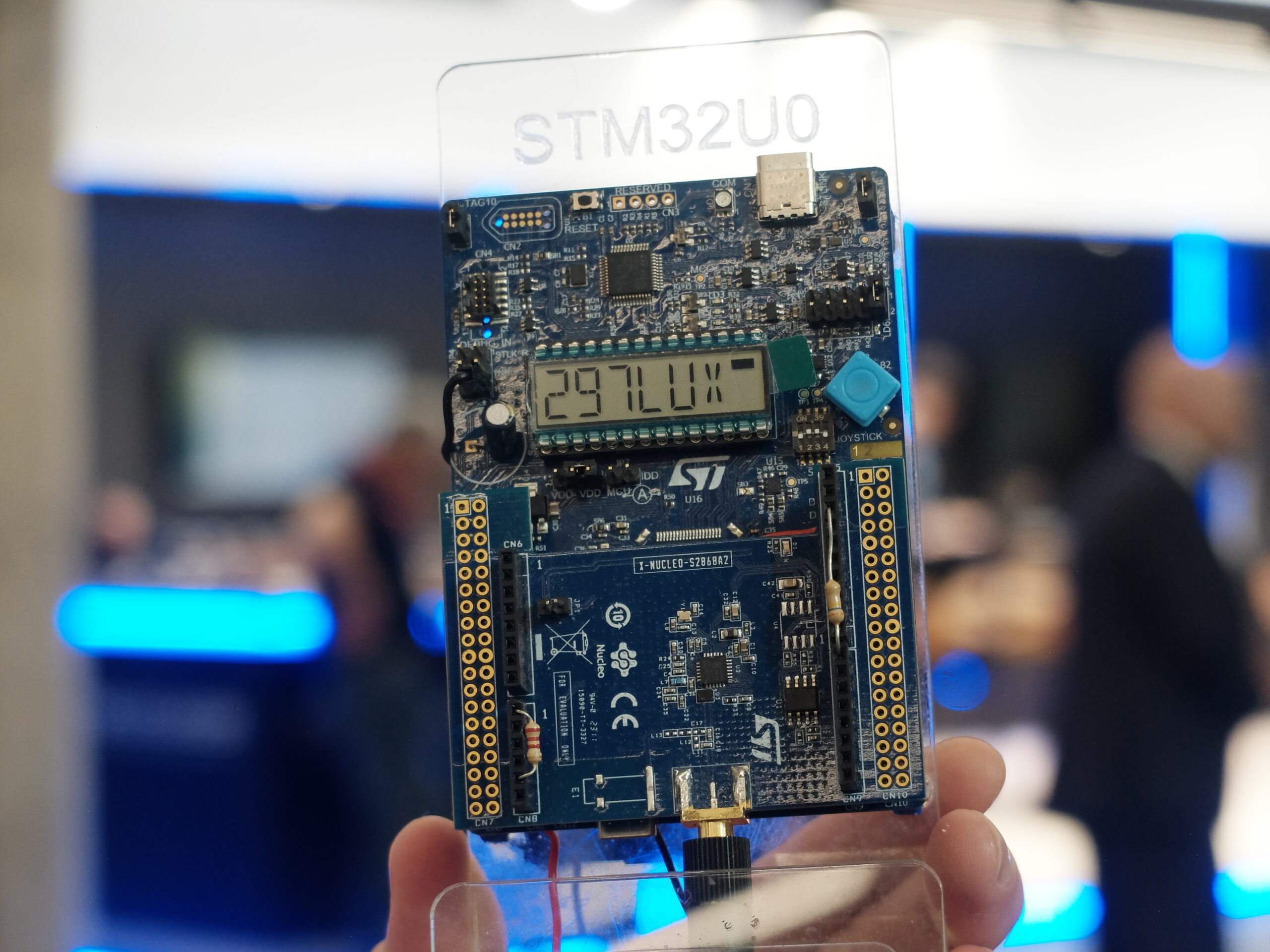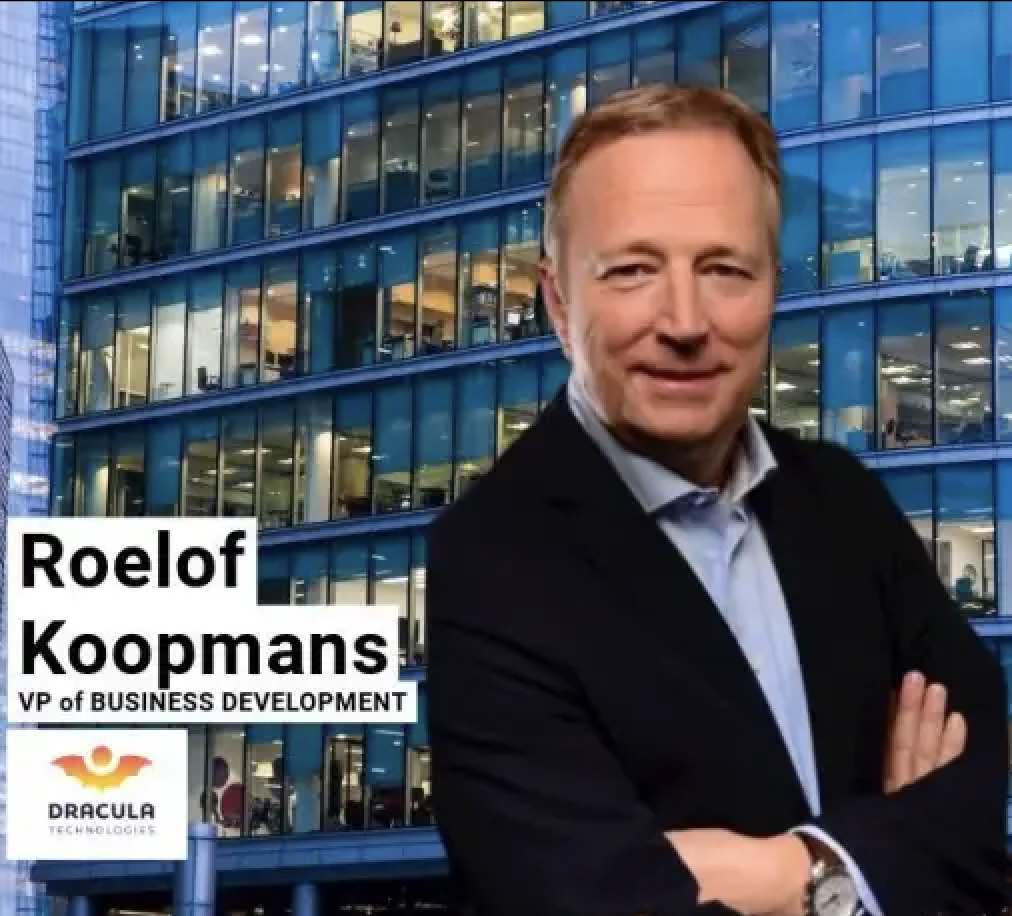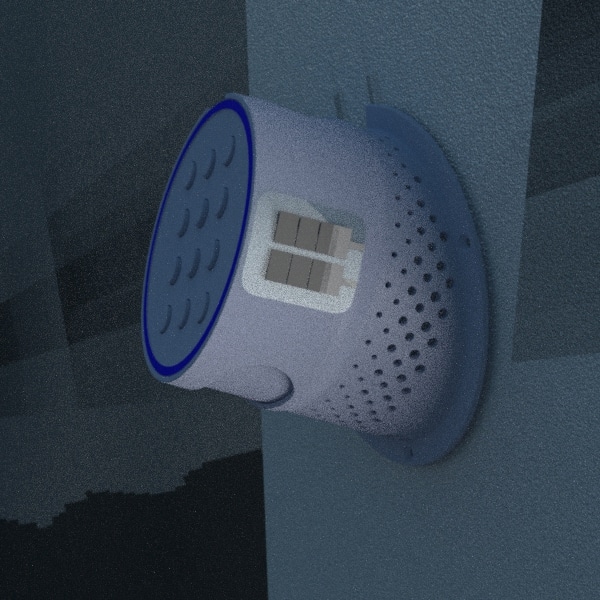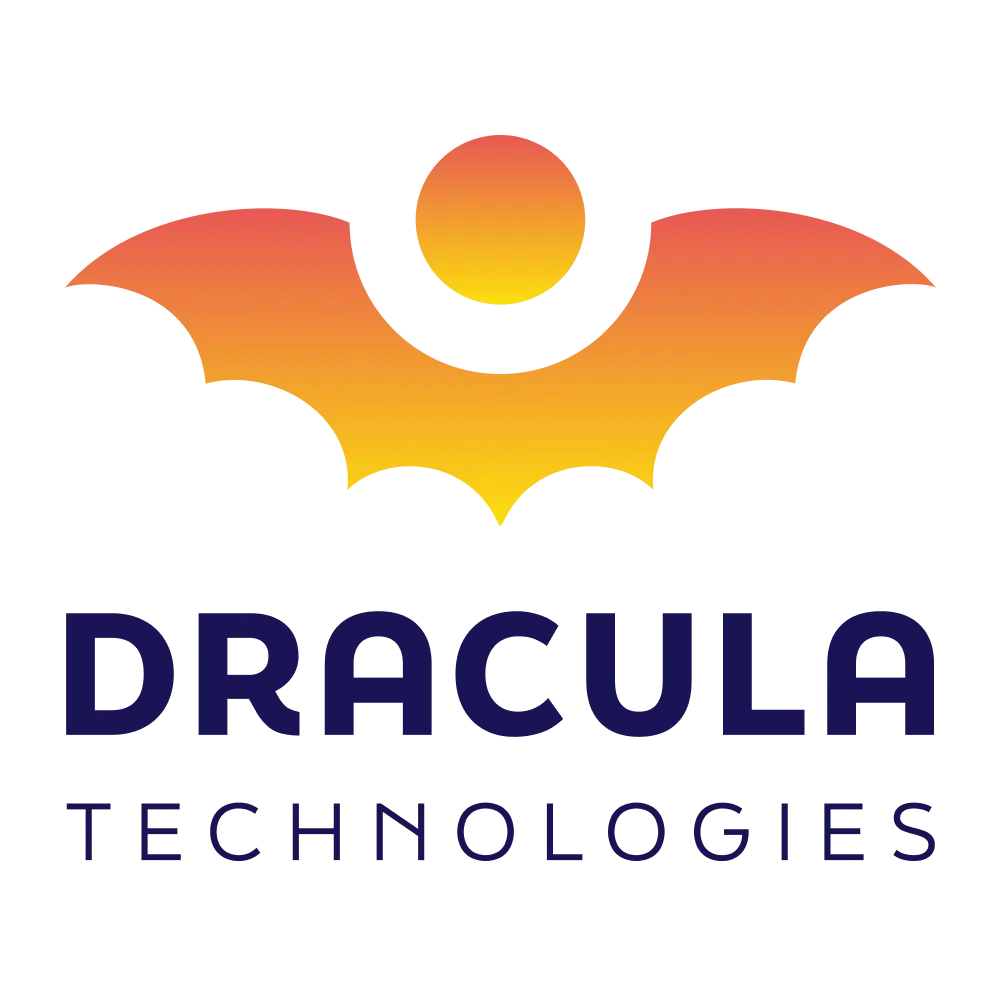What is Energy Harvesting ?

Enora Arche
With growing numbers of IoT devices in activity, IoT electronics manufacturers have to find ways to replace batteries or extend battery life. In fact, depending on the application, batteries used for IoT devices have an estimated lifespan of 1 to 3 years. Replacing all those dead batteries causes higher maintenance costs and raises controversial debates regarding battery production and the end of life.
One viable solution is to replace batteries or ensuring their floating with Energy Harvesting (EH) solutions.
« Energy harvesting is the capture and conversion of ambient (free) energy into electric energy. » *
This electric energy can be accumulated and stored for future consumption. The storage is advised due to the intermittent nature of ambient energy. Usually, IoT makers use a battery or supercapacitor to enable supply in the absence of ambient energy and during peak conditions, such as during wireless transmission.
The challenge is to make devices self-powered by harvesting energy which can come from a different type of sources :
1. Solar energy through photovoltaic materials
Harvesting solar energy is based on the photovoltaic effect discovered in 1839 by Edmond Becquerel. For short, it is the ability of a material to absorb light and convert it into electricity.
Most solar cells presently on the market are based on silicon wafers, the so-called first-generation technology. Second-generation cells are thin-film technologies that are often commercially available, such as copper indium gallium selenide (CIGS), cadmium telluride (CdTe), gallium arsenide (GaAs), and amorphous silicon (a-Si: H).
Third-generation cells are less commercially-advanced ‘emerging’ technologies. This includes organic photovoltaics (OPVs), copper zinc tin sulfide (CZTS), perovskite solar cells, dye-sensitized solar cells (DSSCs), and quantum dot solar cells. The two last generations are unlikely to challenge silicon’s dominance for large-scale electricity generation but offer promise in applications where lower cost, weight, low energy requirement, and durability can be traded-off against efficiency.
The third generation of photovoltaic cells, so-called thin film, is revolutionizing the energy harvesting market by offering a technology efficient in low light conditions, lightweight, and greener than the previous generation.
2. Thermal energy through thermoelectric materials
Thermal energy is the kinetic energy of microscopic agitation of an object, which is due to a disordered agitation of its molecules and atoms. Thermal energy is a part of the internal energy of a body. Thermoelectric materials, such as crystals convert a constant temperature into electrical energy. It is for instance particularly useful for harvesting wasted heat from cars. Thermoelectric generators are also used to convert heat from the human body into a voltage to power medical sensors.
3. Mechanical energy through piezoelectric materials
The concept of piezoelectric was born in 1880 by the Curie brothers. Piezoelectricity meaning literally “electricity resulting from pressure”, piezoelectric materials accumulate a charge in response to mechanical stimulation. They are used for instance to harvest the energy generated by footsteps or crowd to the power-display system.
Piezoelectric materials are still at the development stage so far even if some devices are commercially available. It is considered one of the most promising technology for harvesting energy.
4. Vibrational energy through electrodynamic transducers
Electrodynamic harvesters transform kinetic energy (vibrations) into electricity. Energy is created when a magnetic presence passes by a coil, this energy is then captured and converted into a usable current. It knows staggering but still theoretical applications within the body sensor networking and smart car markets as well as the IoT.
5. RF energy
It’s about creating electric tension by collecting wave propagation. This kind of energy harvesting solution gained increasing popularity during recent years since the introduction of RFID (Radio Frequency Identification).
RFID tags can be stick or incorporated into objects, animals, or humans. In fact. RFID tags contain antennas connected to an electronic chip which allows them to answer queries from the transceiver.
*Emerging Technology Analysis, Gartner 2017


